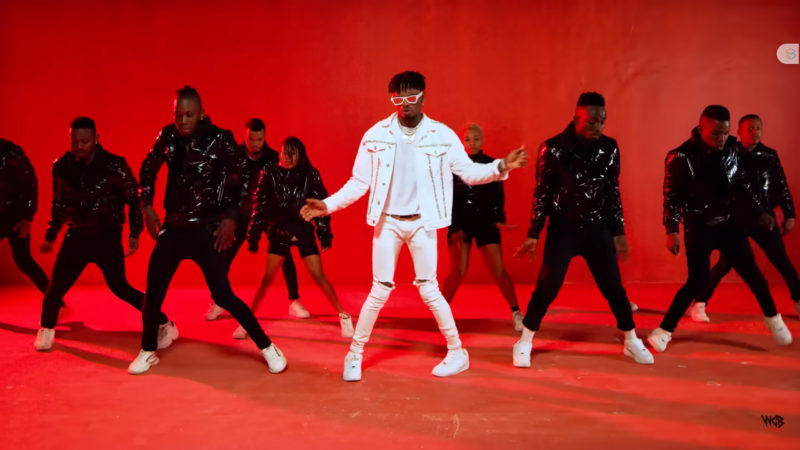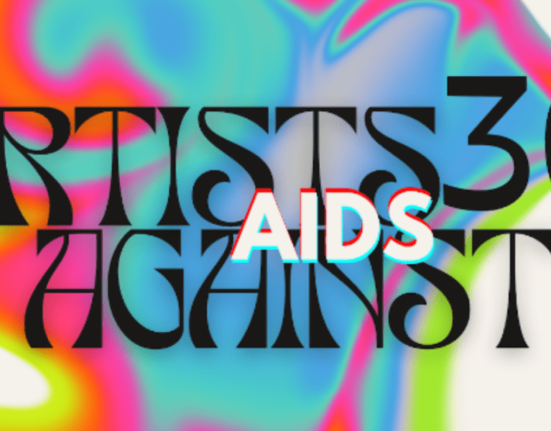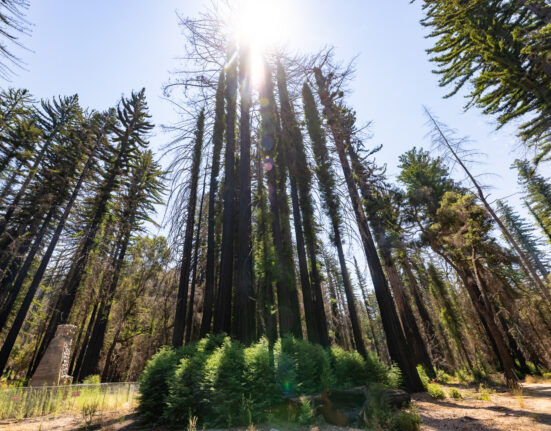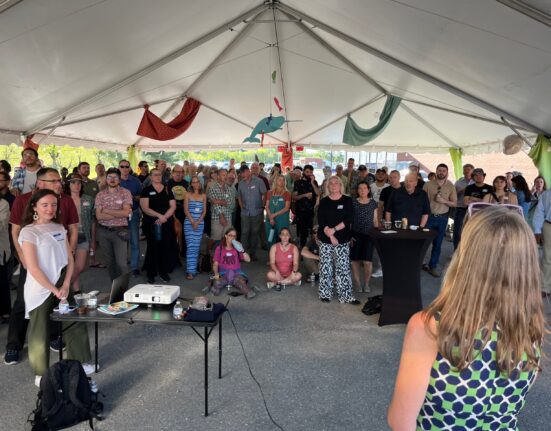Diamond Platnumz, Ali Kiba and Rayvanny have popularized ‘bongo flava,’ a distinct Tanzanian offering

Screenshot from YouTube video, ‘Innoss’B Ft Diamond Platnumz – Yope Remix (Official Music Video)‘ by Diamond Platnumz. Fair use.
In 2021, Tanzania’s Diamond Platnumz became the first Sub-Saharan African singer to receive 1 billion views on his YouTube channel. That same year, Zuchu became the first woman artist in East Africa to reach 1 million subscribers.
One of the hallmarks of Tanzanian music is its ability to blend traditional elements with modern influences, creating a unique sonic tapestry that resonates with listeners around the world.
For over a decade, popular Tanzanian artists, including Diamond Platnumz, Ali Kiba and Rayvanny have popularized bongo flava, a distinct Tanzanian offering of romantic melodies with an urban beat that is influenced by traditional taarab music from the East African coast. “Bongo Flava” (“Bongo” is the short form of Ubongo, Kiswahili for “Brain land” or “intelligence,” and “Flava” being the slang version of the English word “flavour”) is one of the main genres going beyond the East African borders. Diamond Platnumz’s hit songs include Yope (remix) with Congolese singer Inoss “B,” African Beauty featuring US singer, Omarion, as well as Marry You with Ne-Yo. Ali Kiba’s popular hit songs include Mwana, Aje and Chekecha Cheketua, while Rayvanny is known for hit songs like Kwetu, Mama Tetema and Mwanza.
Social media platforms take Tanzania’s music worldwide
Tanzanian artists are harnessing digital tools to amplify their voices and reach audiences across Africa and the rest of the world. Popular platforms such as Spotify, SoundCloud and YouTube have become virtual stages for Tanzanian artists to showcase their talent and engage with a diverse audience. Social media channels play a crucial role in building fan communities and fostering collaborations across continents, blurring the lines between local and global music scenes.
Artists such as Harmonize have collaborated with African and global musical artists, including Awilo Longomba, Yemi Alade, Sarkodie, and Naira Marley, to create a wider audience for their music. Others like Ali Kiba and Rayvanny have followed similar trends in their ability to blend traditional Tanzanian musical elements with modern tracks, creating a unique tapestry that resonates with listeners across the world.
Use of the Swahili language
East Africa is home to over 200 million Swahili speakers, with Tanzania having the highest number of native speakers. South Africa has added Swahili as one of the languages to be taught in schools’ curricula, spurring interest in the spoken and written forms of the language. To reinforce this, in 2021, UNESCO proclaimed July 7 as World Kiswahili Language Day. Additionally, the African Union sought “to make Swahili a working language of the African Union and a language of wider communication in Africa.”
Tanzanian music predominantly features Swahili lyrics, often infused with local dialects and, occasionally, with foreign languages. Moreover, Swahili is increasingly making its way into Hollywood movies and soundtracks. Movies such as Star Trek, The Tomb Raider, Out of Africa, and The Last King of Scotland have scored songs in Swahili. Animated movies have also played their role in promoting the Swahili language and songs. We remember The Lion King’s “Hakuna Matata” along with the names of characters, Simba (in English meaning “Lion”), Rafiki (“Friend”) to Pumbaa (“To Daze”) and Shenzi (“Foolish” or “Savage”).
Collaborations between Tanzanian artists and Hollywood have further amplified the country’s musical influence on the global stage. Diamond Platnumz and his Wasafi Records announced a partnership with Warner in 2021. This collaboration has produced artists such as Lava Lava, Mbosso, Zuchu, and Darleen.
Global growth of Tanzania’s music
In 2023, African music made a huge impact, fuelled by the “Afrobeats” genre, which is domiciled largely in Nigeria and Ghana in the Anglophone states of West Africa. Nigerian singers such as Burna Boy, Davido, Rema and Tems have taken the world by storm, pushing onto the global airwaves. For example, Rema’s “Calm Down” scored over 1 billion streams on Spotify, becoming the first song by an African artist to achieve this status.
The growth of Afrobeats has helped propel the Tanzanian music genre across the world through collaborations by musicians from Nigeria and Tanzania. Artists have gained international acclaim through collaborations with Western superstars and exposure on streaming platforms like Spotify and Apple Music. With global demand for diverse and authentic sounds on the rise, Tanzanian artists find themselves not just as ambassadors of their culture but as torchbearers, helping to shape the future of African music.
Africa’s young population
Another major factor in the growth is Africa’s young population, with over 70 percent of Sub-Saharan Africa’s population below the age of 30. Digital services provider Audiomack noted that the growing young African population had become tastemakers that cannot be ignored, where a generation of creators have been empowered by the internet and streaming services.
The expanding number of Africans in the diaspora also plays a pivotal role in growing the demand for music from the continent.
Technology and monetization
While digital platforms have helped grow the market and reach of music for African and, in particular, Tanzanian music, there are genuine concerns about monetization and loyalties. With revenues of over USD 22 billion in 2022, Tik-Tok was asked to review its payment policy from paying a lump sum upfront to licensing music for a set period, “rather than paying a revenue share based on each artist/label’s popularity on its platform, Music Business Worldwide’s Tim Ingham noted that TikTok is likely to become “too big and too powerful … to force it into a revenue share deal.”
African music is incredibly popular on Tik Tok, and thus, such decisions will have a massive bearing on artists’ future earnings. This may change, though, as US legislators consider changes in the way Tik-tok exists in the US.
YouTube, which remains the most popular music discovery platform for African fans, has been working to address discontent from artists and labels over its monetization set-up. Through its two platforms, YouTube and YouTube Music, the platform promotes audio and, more importantly, visual content and music fans are able to partake in content from any part of the globe. In light of the fact that a significant portion of African creators garner the majority of their YouTube views from their own continent, they face a more pronounced impact because of the substantially lower advertising revenues per viewer or listener in Africa.
Spotify, now present in many African markets, has also faced long-running criticism worldwide for its low payouts and concerns about master copies and publishing rights.
In conclusion, as African music continues to captivate audiences worldwide, Tanzanian artists are at the forefront of this musical renaissance, showcasing the country’s rich cultural heritage and creative talent on a global scale. The harmony between tradition and technology in Tanzania’s music landscape is a local phenomenon expanding into a global celebration of cultural richness in the digital age.






